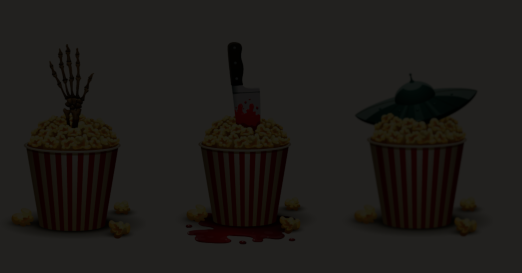


In 2009, the Saw film franchise had shown the first chinks in its armor the year prior with the release of Saw V (my least favorite film in the series thus far), but still succeeded as another notch in the series’ belt. The fact was, even if the series itself might have been on the decline, the fifth film crossed the one-million dollar threshold and did so with very little expenditures on the part of Twisted Pictures or Lionsgate. This year saw the release of not only the latest iteration in the Saw franchise, aptly named Saw VI, but the release of Saw: The Video Game, developed by Zombie Studios and published by Konami (known for the Silent Hill series which no doubt acted as an influence for the game – in-fact, it was presented as a spiritual successor in some respects).
Saw VI was released to mixed-to-negative reviews from critics, the best reception since Saw III, but cemented a fact we had already reason to suspect. Whereas the last film showed a decline at the box office, the film was more or less inline with the series average. This film made less than seventy million worldwide. Guess you could say it took the box office til Saw VI to learn what we already had known since III – that The Jigsaw Killer is dead.
Directed by Kevin Greutert (in his directorial debut – he went onto direct Saw: The Final Chapter) from a screenplay by Patrick Melton and Marcus Dunstan, the film sees a cast comprised of John Kramer‘s character (shown through flashbacks) portrayed by Tobin Bell and the continued rise of our new Jigsaw puppeteer Mark Hoffman, portrayed by Costas Mandylor. Other actors involved include Betsy Russell, as Kramer‘s widowed wife, Mark Rolston, Peter Outerbridge, and Shawnee Smith.
As you can expect, our focus continues with the posthumous effects of John Kramer and the master plan he has concocted, with his successor Mark Hoffman at the reins. Hoffman is now dealt the shock-waves of the previous film, with his framing of FBI agent Peter Strahm, and has to go through measures in-order to protect his nefarious schemes and malicious conduct from the rest of law enforcement. Meanwhile, another game is in play, this time focusing on an insurance executive named William Easton and the employees who work at his firm.
The characters in this film no doubt have a lot more on their mind than they did in the previous film. Whereas the earlier film felt like they were more of a hindrance, this film offers some actual commentary and narrative substance instead. It isn’t subtle nor particularly insightful, but it is nevertheless appreciated and recognized. Basically, William Easton and his firm are portrayed in a very negative light, offering ham-fist criticism over healthcare in the United States.
To paraphrase Kramer in the film, “Well, now I know (health care decisions) they’re not made by doctors and their patients or by the government. They are made by the fucking insurance companies.” Per usual, Tobin Bell does well in his performance, and it is with his portrayal the underlying commentary shines truest, whereas other times by other characters, it can feel cornier than I think was intended.
In my previous review, I talked about how I thought Costas Mandylor’s portrayal as Detective Mark Hoffman could serve as an actual successor to John Kramer if it were to receive proper material. This film does his character justice in many, many respects. As a matter of fact, it makes him come across very formidable and strong, with two scenes in-particular that I would argue are among the slickest of the series altogether. Hoffman’s resourcefulness and brute willpower makes him a character that won me over in surprising fashion. In some ways, I even like Mark Hoffman more than John Kramer in terms of how he is portrayed in this film.
This isn’t a film that reinvents the wheel in any measure. The grungy aesthetics and hyper-edits remain untouched, and so often the series still thinks it is smarter than it really is, but it has more weight behind it to back up said claim. Not only does the film accomplish itself as the third best film in the series, it retroactively improves the previous two films through its payoffs and what Hoffman has been allowed to become as an antagonist. Although it continues to highlight a lot of the fledgling issues of the series, and its dependence on looking toward the past more often than the future, the improvement from this film and the last two predecessors is as noticeable as the improvement between Saw III over Saw II.
Obviously, I would not recommend watching the sixth film and ignoring any of the other films or not revisiting them before watching again (that just isn’t how it works with this film). However, if you are binging through the series in-preparation for Spiral and are licking your wounds, know that the sixth film is the notable highlight of the Hoffman era.
Placement on the List: – The Decents

